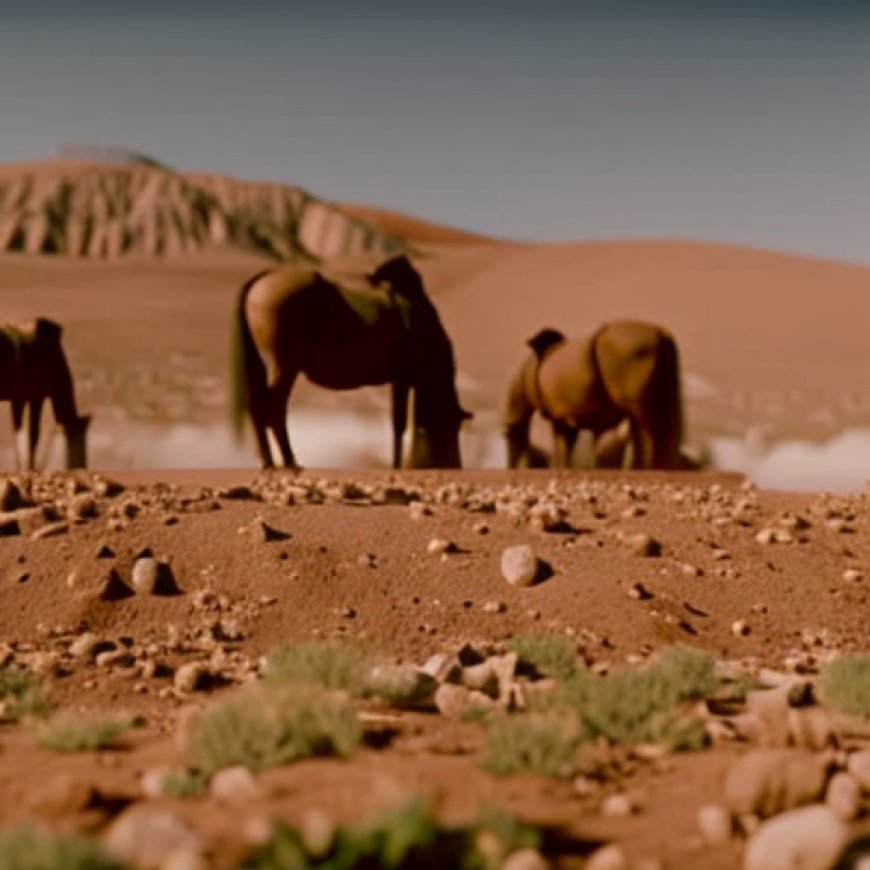Texas struggles with water shortage, wants Mexico to help


The South Texas Border Faces Worsening Water Shortage
The South Texas border is struggling with a worsening water shortage situation, as supplies are not keeping up with growth and Mexico has not paid the U.S. the water it owes.
Deep South Texas State of Water Symposium
Around 250 lawmakers gathered in the border city of Pharr for the Deep South Texas State of Water Symposium on Tuesday. The bipartisan event was organized by Democratic Texas state Rep. Terry Canales and Democratic state Sen. Juan “Chuy” Hinojosa, along with the Texas Water Foundation. Republican Rep. Monica De La Cruz, who represents South Texas, took part in the discussion.
Water Supplies Not Keeping Up with Population Growth
CEO of the Texas Water Foundation, Sarah Schlessinger, said that water supplies are not set to keep up with the population growth of Texas: the state is expecting a 70 percent growth spurt over the next 50 years.
Reasons for Water Shortage
There are several other reasons for the water shortage, including that South Texas has experienced prolonged periods of drought.
Rio Grande River Dependency
Another issue is the state’s reliance on surface water, namely the Rio Grande River, on which the Rio Grande Valley is “90 percent dependent”, per Maria-Elena Giner, U.S. Commissioner for the International Boundary and Water Commission, according to local newspaper ConchoValley.
Mexico’s Water Debt
The other major issue is that Mexico owes water to the Rio Grande, under the 1944 Mexico-United States Water Treaty, formally known as the “Treaty on the Utilization of Waters of the Colorado and Tijuana Rivers and of the Rio Grande.”
Mexico is supposed to provide 350,000 acre-feet of water per year over a five-year period but, as of August 10, Mexico has only paid 400,100 acre-feet of water to the U.S. in this current five-year cycle, which ends in October 2025, according to data from the International Boundary and Water Commission.
Challenges and Solutions
Professor of atmospheric sciences at the Texas A&M University, John Nielsen-Gammon, told Newsweek: “This is the biggest water issue for Texas. Mexico is required by treaty to deliver a certain amount of water every five years, but there’s no requirement to deliver it evenly. During recent droughts in northern Mexico, they prioritized sustaining local agriculture; it was politically impossible to do otherwise and now they are left hoping for a nice wet hurricane.”
Mace added: “Water is bipartisan and, along the Rio Grande in Texas, binational. So I commend the organizers for holding a symposium to increase understanding of the complicated and truly serious issues on the river.”
Working Towards a Water-Resilient Future
The demands on the Rio Grande/Río Bravo have become greater than the river can reliably support. If the Rio Grande Valley wants a secure water future, communities will need to work together to diversify their water supply and increase efficiency,” said Texas Water Foundation CEO Schlessinger.
“The symposium brought together federal, state, county, and local leadership from across the region to have that conversation, and talk about where there are shared challenges and opportunities.”
SDGs, Targets, and Indicators
-
SDG 6: Clean Water and Sanitation
- Target 6.4: By 2030, substantially increase water-use efficiency across all sectors and ensure sustainable withdrawals and supply of freshwater to address water scarcity.
- Indicator 6.4.2: Level of water stress: freshwater withdrawal as a proportion of available freshwater resources.
-
SDG 13: Climate Action
- Target 13.1: Strengthen resilience and adaptive capacity to climate-related hazards and natural disasters in all countries.
- Indicator 13.1.1: Number of deaths, missing persons, and directly affected persons attributed to disasters per 100,000 population.
Analysis
-
SDG 6: Clean Water and Sanitation
The article highlights the worsening water shortage situation in South Texas, which is directly connected to SDG 6. The state is experiencing a water shortage due to the mismatch between water supplies and population growth. This issue aligns with SDG 6’s goal of ensuring availability and sustainable management of water and sanitation for all.
-
SDG 13: Climate Action
The article mentions the impact of drought and a warming planet on the water shortage in South Texas. This connects to SDG 13, which aims to take urgent action to combat climate change and its impacts. The article highlights the need for resilience and adaptive capacity to address climate-related hazards and natural disasters, such as droughts.
-
Targets and Indicators
Based on the article’s content, the following targets and indicators can be identified:
- Target 6.4: By 2030, substantially increase water-use efficiency across all sectors and ensure sustainable withdrawals and supply of freshwater to address water scarcity.
- Indicator 6.4.2: Level of water stress: freshwater withdrawal as a proportion of available freshwater resources.
- Target 13.1: Strengthen resilience and adaptive capacity to climate-related hazards and natural disasters in all countries.
- Indicator 13.1.1: Number of deaths, missing persons, and directly affected persons attributed to disasters per 100,000 population.
Table: SDGs, Targets, and Indicators
| SDGs | Targets | Indicators |
|---|---|---|
| SDG 6: Clean Water and Sanitation | Target 6.4: By 2030, substantially increase water-use efficiency across all sectors and ensure sustainable withdrawals and supply of freshwater to address water scarcity. | Indicator 6.4.2: Level of water stress: freshwater withdrawal as a proportion of available freshwater resources. |
| SDG 13: Climate Action | Target 13.1: Strengthen resilience and adaptive capacity to climate-related hazards and natural disasters in all countries. | Indicator 13.1.1: Number of deaths, missing persons, and directly affected persons attributed to disasters per 100,000 population. |
Source: newsweek.com








